Remember when every household had that one drawer stuffed with life’s little mysteries? That magical catch-all where everything from rubber bands to batteries found their final resting place, creating a treasure trove of childhood memories. Let’s take a trip down memory lane and rediscover the humble items that somehow managed to define an entire generation’s growing-up years.
1. Rubber Bands in Every Size and Color
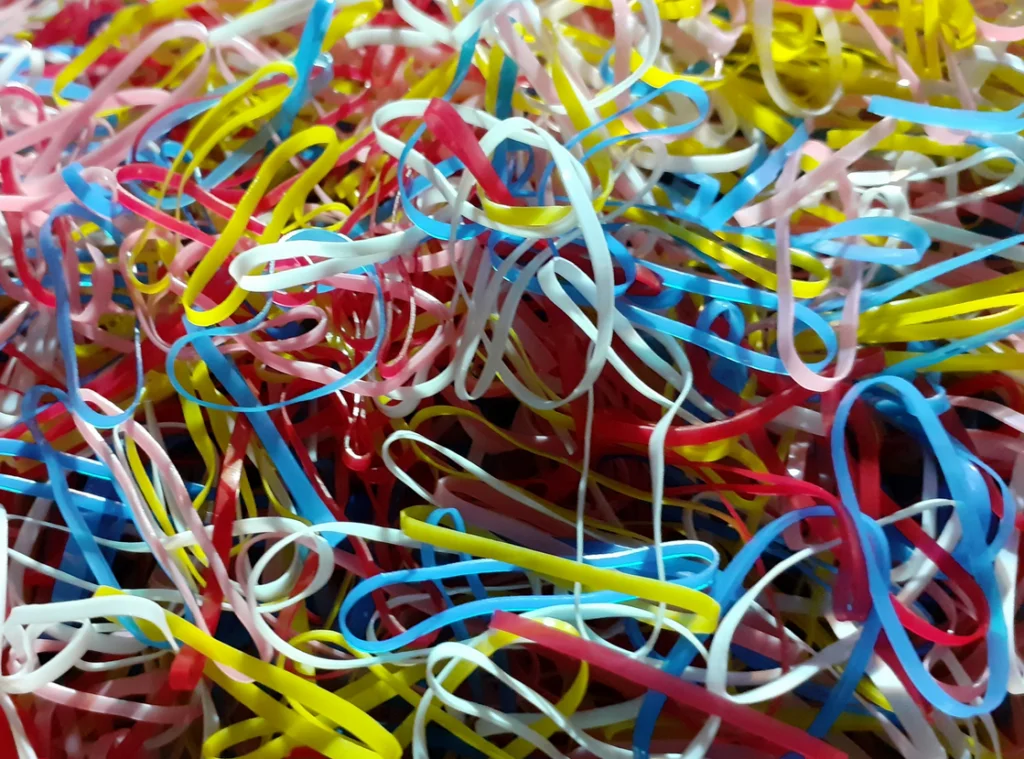
Those stretchy circles weren’t just office supplies – they were the building blocks of our imagination. We’d spend hours creating elaborate rubber band balls, seeing how big we could make them before they became too unwieldy to handle. The satisfying snap of launching one across the room (when Mom wasn’t looking) was pure childhood bliss. As recounted by K Trade Fair, the rubber band has a history that spans both centuries and oceans.
Every kid knew the hierarchy: thick ones for serious business, thin ones for precision work, and those special colored ones that somehow felt more valuable than gold. We’d fish them out of cereal boxes, collect them from the mailman’s dropped bundles, and guard our stash like tiny rubber treasures. Looking back, it’s amazing how something so simple could provide endless entertainment before video games took over our lives.
2. Half-Dead Batteries Rolling Around Loose

Before rechargeable everything, dead batteries were the bane of every parent’s existence – and our secret source of scientific experimentation. We’d roll them across the kitchen table to test if they still had juice, somehow convinced that a good battery would roll differently than a dead one. The metallic taste test (don’t try this at home, kids) was our primitive way of checking if there was any life left in those copper-topped cylinders. Secure Self Storage has a crucial list of important tips for storing batteries safely.
The junk drawer became a battery graveyard where AAs, Cs, and the occasional 9-volt would rattle around for months. Dad would always dig through them during a power outage, mumbling about which ones might still work in the flashlight. Those mysterious battery testers that nobody really understood how to use properly always ended up buried under everything else, making us rely on the old shake-and-hope method.
3. Tangled Christmas Lights from Three Years Ago
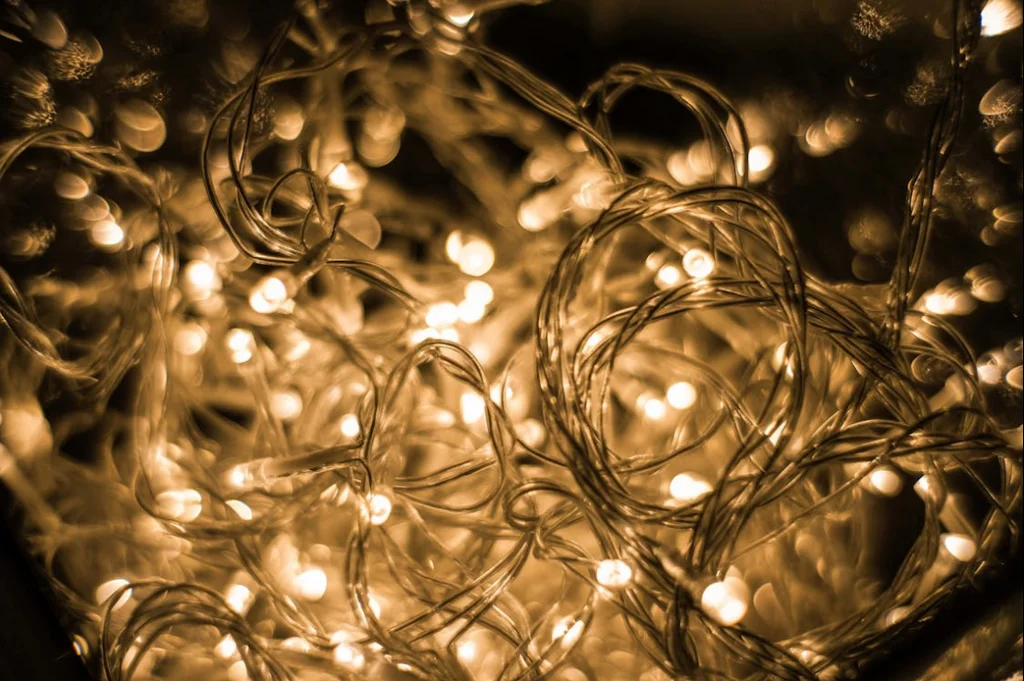
Every January, we’d carefully wrap those colorful bulbs, promising ourselves we’d do better next year. But come December, there they were again – a hopeless knot of green wire, tiny bulbs, and pure frustration. Dad would spend an entire Saturday afternoon untangling them while muttering words we weren’t supposed to repeat at school. Christmas Light Source really puts into perspective how much our way of illuminating Christmas trees has changed over the centuries, usually for the better.
Half the bulbs would be burned out, the other half would mysteriously not work even though they looked fine. We’d hold each strand up to the light, wiggling connections and replacing bulbs one by one, hoping to resurrect the magic. Those big, chunky multicolored bulbs from the ’60s and ’70s threw off heat like tiny furnaces and somehow made Christmas feel more authentic than today’s energy-efficient alternatives.
4. Pencil Stubs Too Short to Use but Too Good to Throw Away
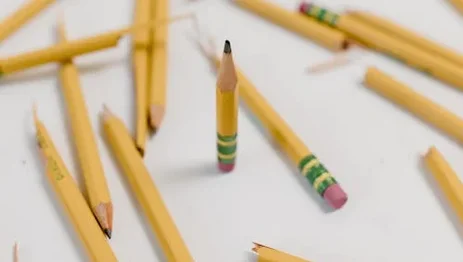
These weren’t just writing utensils – they were tiny monuments to academic perseverance. Each stub represented hours of homework, doodling in margins, and the satisfying ritual of the pencil sharpener’s grinding sound. We’d save them with the vague notion that someday, somehow, they’d be useful again, maybe as kindling or craft supplies.
The really special ones still had those pink erasers attached, though they’d hardened into useless pink rocks that smeared more than they erased. You’d find golf pencils mixed in with regular No. 2s, plus those fancy mechanical pencils that never seemed to work right. Every kid had their favorite pencil grip and could tell you exactly which brand wrote the smoothest – back when such things mattered more than which app to download.
5. Mysterious Keys That Opened Nothing We Could Remember
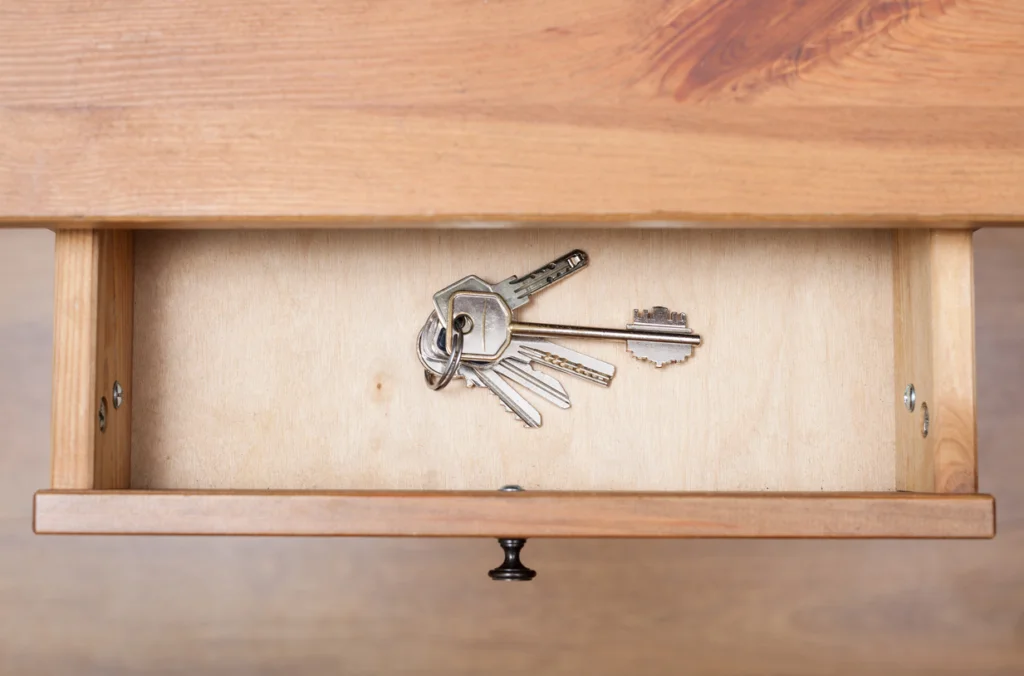
These orphaned keys were like tiny metal puzzles waiting to be solved. Was this one for the old bike lock? The suitcase that went missing in 1974? That filing cabinet we donated to Goodwill? Each key held the promise of unlocking some forgotten mystery, making us reluctant to throw them away just in case.
We’d try them in every lock we could find, hoping for that satisfying click of recognition. Some were obviously house keys, others looked like they belonged to diaries or jewelry boxes, and a few were so old and unique they seemed like they might open treasure chests. The brass ones felt more important than the silver ones, and those tiny keys seemed to promise access to secret compartments we’d yet to discover.
6. Rolls of Tape with No Beginning or End
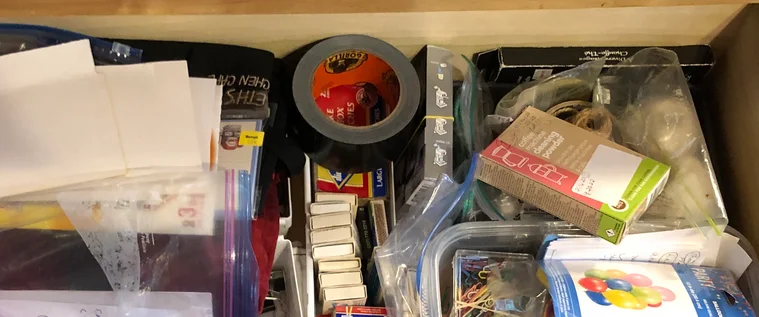
Scotch tape was the duct tape of childhood – we used it for everything from book repairs to art projects to emergency gift wrapping. But finding the end of the roll was like solving a Rubik’s cube, requiring patience, fingernails, and sometimes a magnifying glass. We’d pick at that invisible seam until our fingertips were raw, determined not to admit defeat.
The really old rolls had turned yellow and lost their stickiness, but we kept them anyway because throwing away tape felt wasteful. Masking tape was the heavy-duty option, electrical tape was Dad’s special stuff we weren’t supposed to touch, and that clear packaging tape was like Fort Knox – nearly impossible to find the starting point. Each type had its own personality and purpose in our young engineering minds.
7. Broken Crayons That Still Had Life Left in Them
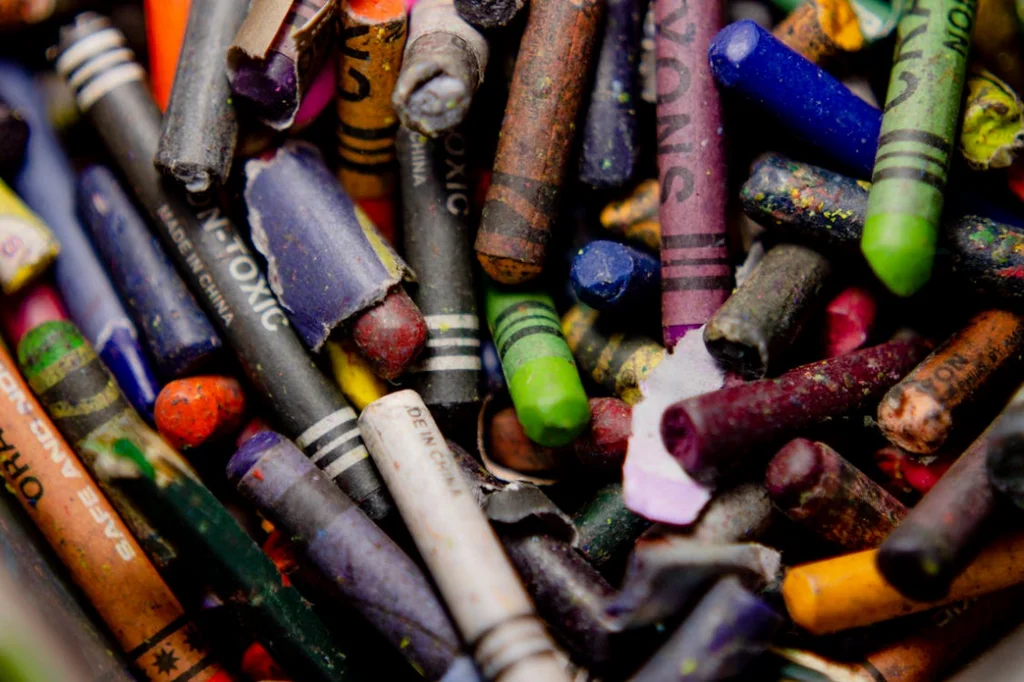
Those waxy stubs were warriors that had survived countless coloring battles. Each broken piece told a story – the red that died creating that perfect fire truck, the blue that gave its life for countless skies and oceans. We’d peel off the paper labels and use them sideways for broad strokes, discovering new techniques that Crayola never intended.
The 64-count box was the holy grail, complete with the built-in sharpener that never quite worked right. We’d save every piece, even the weird colors like “burnt sienna” and “raw umber” that sounded more like diseases than art supplies. Melting them into new creations with old muffin tins was our first taste of recycling, long before it became environmentally fashionable.
8. Rubber Cement That Had Turned into a Solid Block

This wasn’t just glue – it was magic in a bottle, at least when it was still liquid. The brush applicator made us feel like real artists, and the fact that mistakes could be rubbed away like tiny erasers made it superior to that messy white glue. But inevitably, someone would forget to put the cap back on tight, and our liquid treasure would become a rubbery paperweight.
We’d try to resurrect it with various household solvents, convinced we could bring it back to life with enough determination. The smell was distinctive and oddly satisfying, though we probably shouldn’t have inhaled it quite so enthusiastically. Even in its hardened state, we’d keep it around, picking at it like a stress ball before stress balls were even invented.
9. Playing Cards Missing the Queen of Hearts
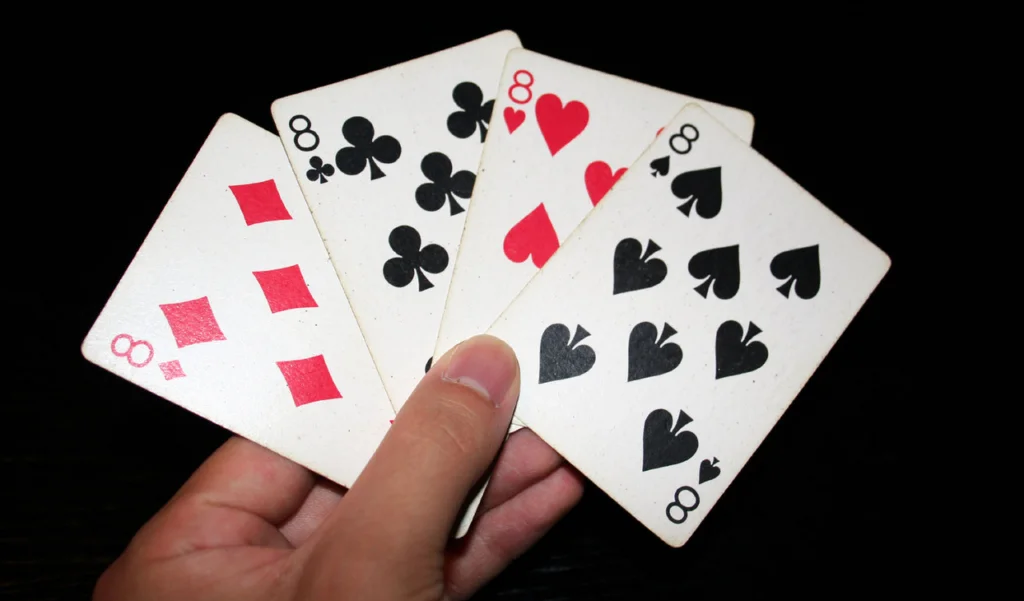
Every junk drawer had at least one incomplete deck, usually missing crucial cards that made games impossible. We’d discover them years later, scattered and bent, reminders of family game nights and rainy afternoons spent learning poker from Grandpa. The missing cards were always the important ones – aces, face cards, or that one specific number that would complete a run.
The backs told stories of their own: some had airline logos from family vacations, others advertised long-defunct businesses or featured faded photographs of tourist attractions. We’d use them for building card houses, magic tricks that never quite worked, and elaborate games we invented with whatever cards remained. Those worn edges and soft corners were proof of countless hands that had shuffled and dealt them with love.
10. Buttons from Clothes We’d Long Since Outgrown
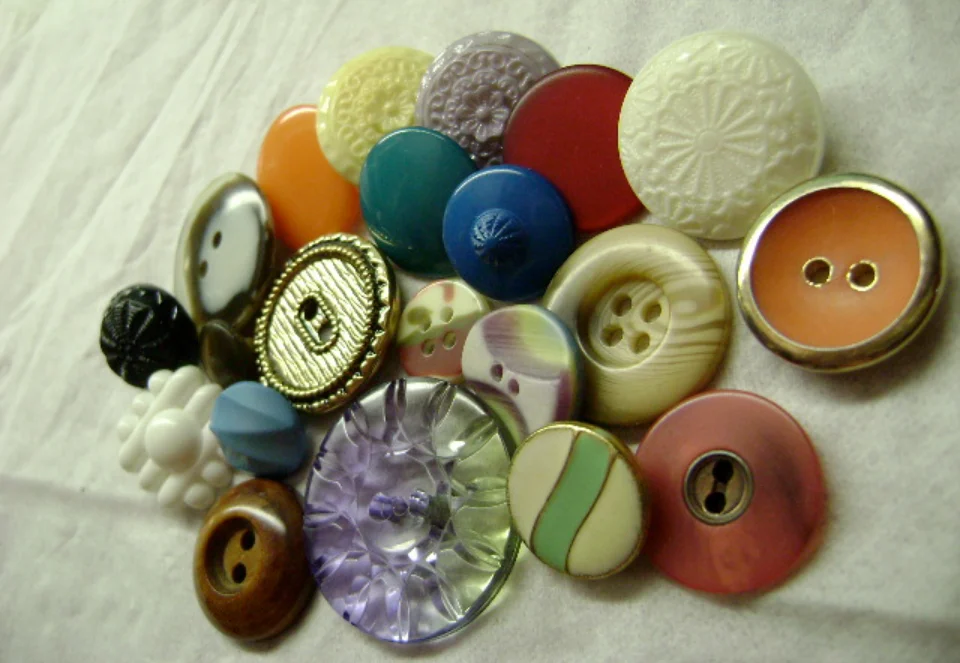
These little discs were like archaeological artifacts from our fashion history. Each button could trigger memories of a favorite shirt, that fancy dress for Easter, or Dad’s old work uniform. Some still had bits of thread attached, evidence of their hasty removal before the garment was passed down or packed away.
We’d sort them by size, color, and material – the pearl ones felt fancy, the metal ones seemed more important, and those covered in fabric matched nothing we currently owned. Mother would save them with the eternal optimism that someday, somehow, they’d be perfect for a future sewing project. They became our first currency in childhood trades, more valuable than pennies but less precious than marbles.
11. Pencil Sharpener Shavings in a Plastic Bag
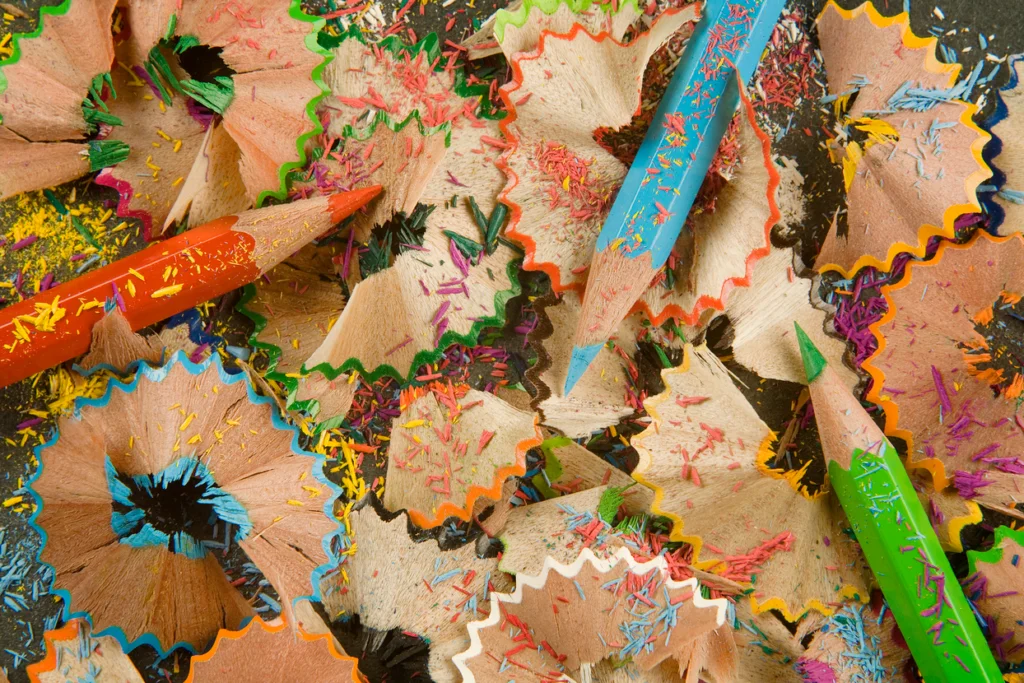
These curly wood ribbons were too pretty to throw away immediately, so they’d accumulate in old sandwich bags or empty pill bottles. The cedar smell was intoxicating, and the perfect spiral shapes seemed too beautiful for the trash can. We’d use them for craft projects, scatter them in our toy barns for authentic-looking hay, or simply admire their delicate curves.
Each type of pencil created different shavings – the yellow No. 2s made classic blonde curls, while colored pencils produced rainbow spirals that seemed magical. We’d compare the shavings from different sharpeners, debating which brand made the most perfect spirals. Those old-fashioned hand-crank sharpeners mounted on classroom walls produced the most satisfying ribbons, far superior to those wimpy electric ones that chopped everything to bits.
12. Twist Ties from Bread Bags in Every Color
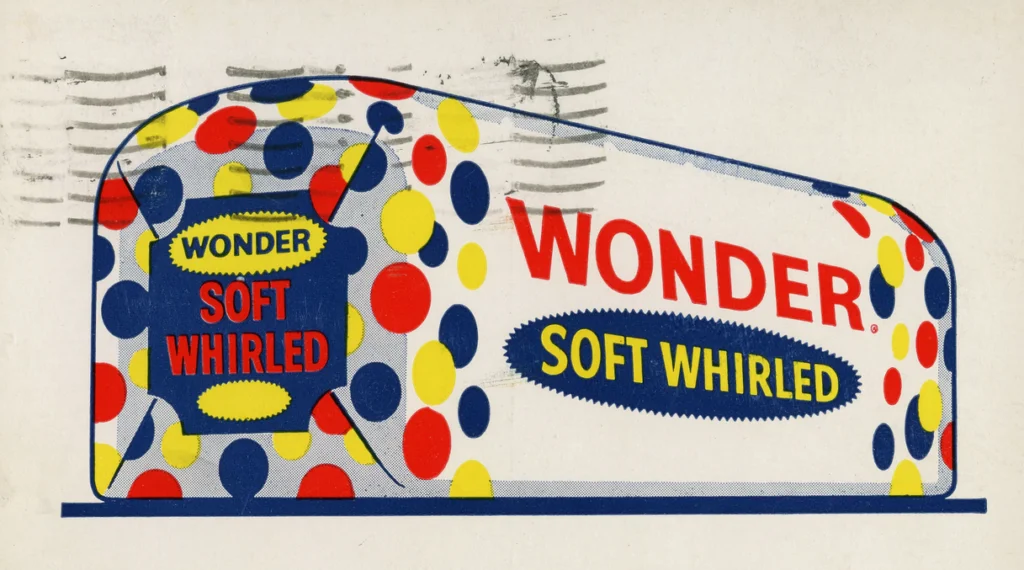
These weren’t just closure devices – they were the Swiss Army knives of childhood creativity. We’d straighten them out and rebend them into jewelry, twist them into miniature sculptures, or use them to secure everything from loose papers to garden plants. The different colors seemed to have personalities: white was basic, but those green and red ones felt special and festive.
They were perfect for emergency repairs when something needed a quick fix, and their flexibility made them ideal for countless craft projects. We’d braid them into bracelets, create tiny wire figures, or use them as makeshift locks for diary clasps. Before zip-lock bags took over the world, these little twisted wires were our connection to every loaf of Wonder Bread and bag of hamburger buns that graced our kitchen counters.
Those junk drawers were more than storage spaces – they were time capsules of our daily lives, filled with the small things that somehow meant everything. Each item tells a story of a simpler time when we found magic in the mundane and treasures in what others might call trash. Maybe it’s time to clean out that drawer again, but not before taking a moment to appreciate the memories hiding in every forgotten corner.


